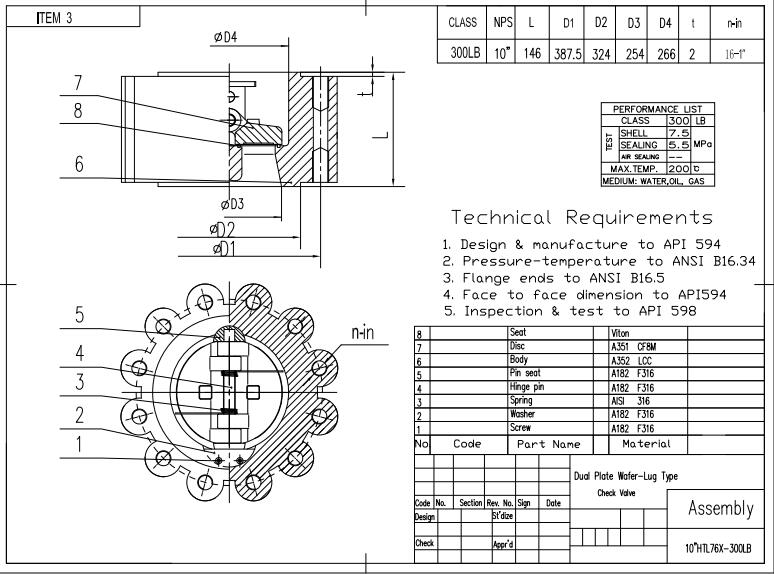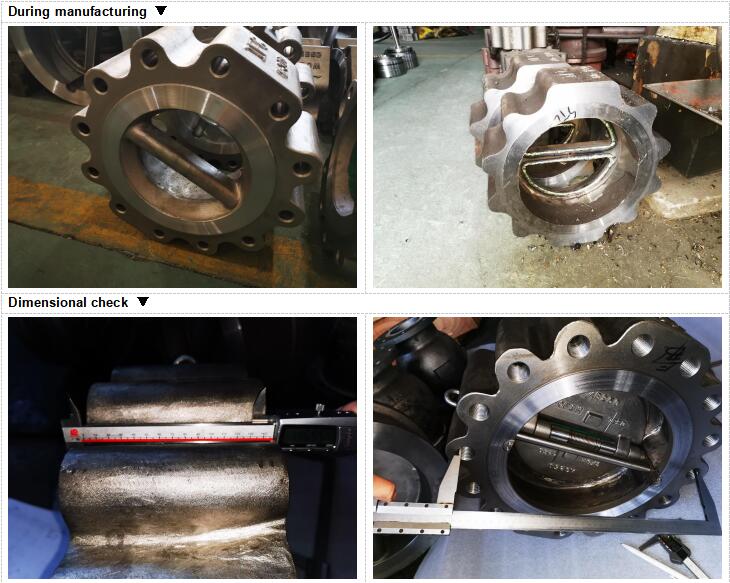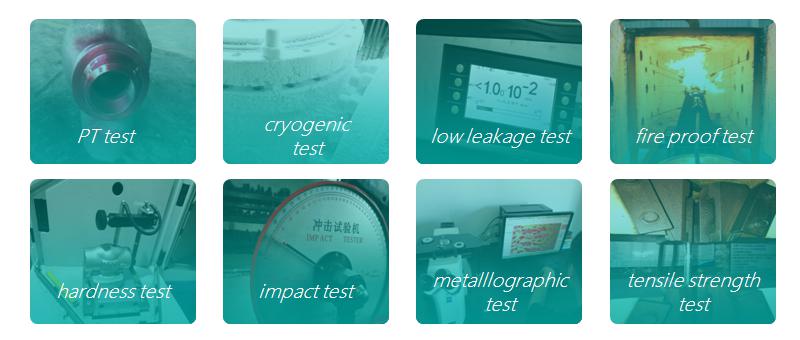The 10 inch Dual-Plate WAFER Check Valve is made of WCB and is eligible to be put under pressure up to 30LB. All Dervos check valves are tested to API 598 and must meet or exceed all applicable API, ANSI and ASTM Standards.
Payment:
30% when order confirmed, 70% before shipmentProduct Origin:
ChinaColor:
CustomizationShipping Port:
Shanghai, ChinaLead Time:
30~60 days Ex Works after order confirmationMaterial:
WCBMethod of Operation:
NonQuick Detail
|
Type |
Check Valve |
|
Nominal Diameter |
10 Inch |
|
NominalPressure |
300LB |
|
Construction |
Dual-plate Type, WAFER Type |
|
Connection |
Lug Type |
|
Design & Manufacture |
API 594 |
|
Pressure&Temp. |
ANSI B16.34 |
|
End to End Dimension |
API 594 |
|
Flange ends |
ANSI B16.5 |
|
Test & Inspection |
API 598 |
|
Temperature Range |
-46℃~425℃ |
|
Body Material |
LCC |
|
Disc Material |
CF8M |
|
Media |
W.O.G. etc. |
General Description
Dual Plate Wafer Check Valves have been the preferred choice for decades due to their proven reliability and low pressure drops.
Features
-Low Pressure Drop
Dual plate wafer check valves have larger open area than other designs, thus reducing pressure drop compared to swing, lift or other check valves.
-Light Weight
Reduces weight by 80–90% compared to conventional Flanged check valves.
-Lower Cost
Light weight, compact profiles and the elimination of flanges allows Dual plate Wafer check valves to be manufactured more economically than other designs, especially as pipe diameters increase.
-Alleviates Water Hammer
Our spring activated discs are designed to close our valves quickly. This assures high performance, eliminating chatter and creating dynamic responsiveness in a non-slam design.
-Simple Installation
Easier to install, remove and replace in both new and existing piping systems.
Technical Drawing

Dimension Check

Dervos Tests
In addition to regular hydraulic testing and air testing, Dervos could also do specials test as per clients’ requests, such as PT test, RT test, UT test, cryogenic test, low leakage test, fire proof test, and hardness test and so on.

If you are interested in our products and want to know more details,please leave a message here,we will reply you as soon as we can.